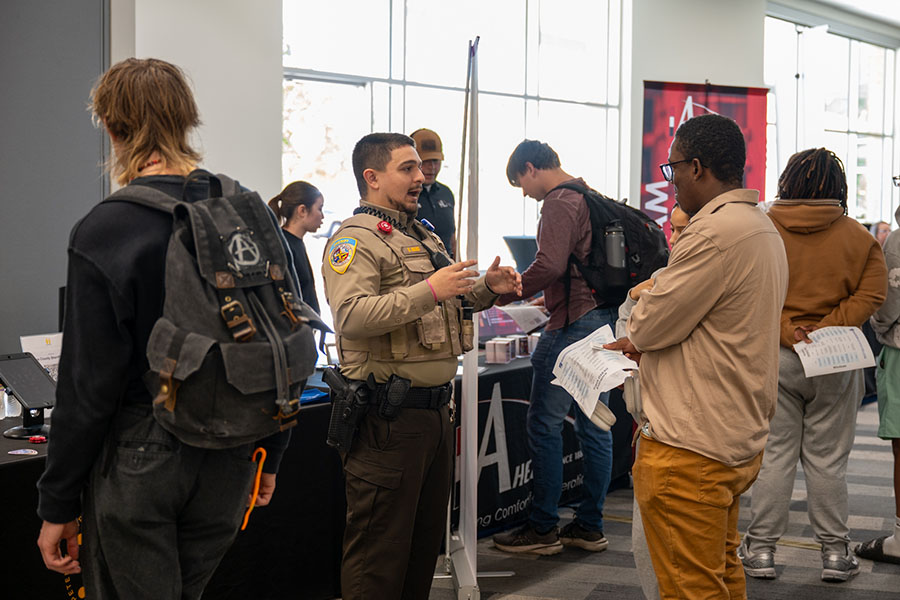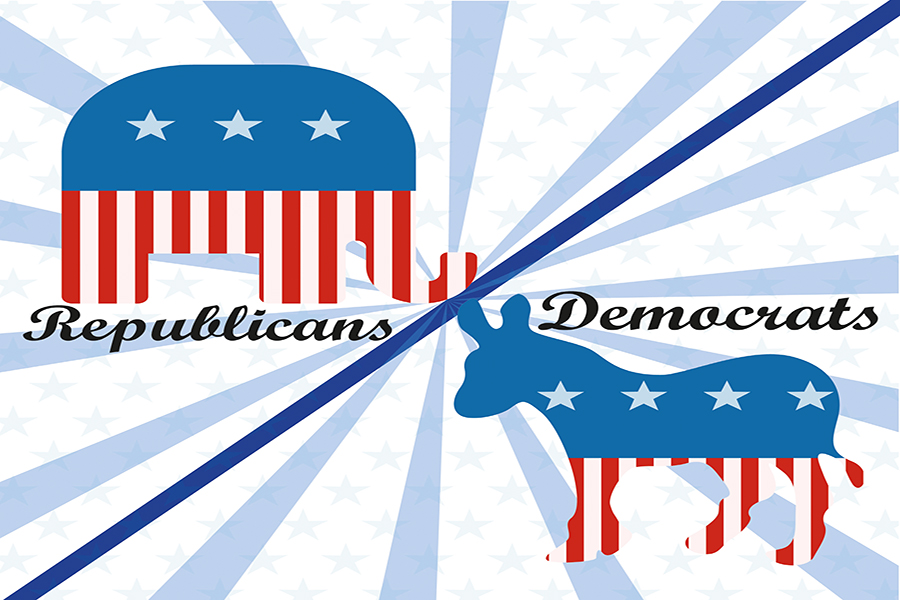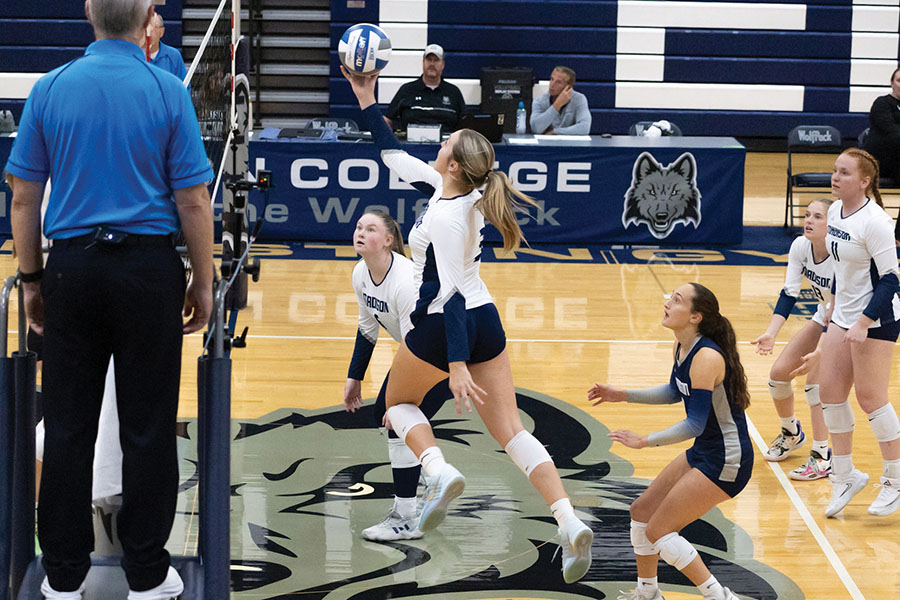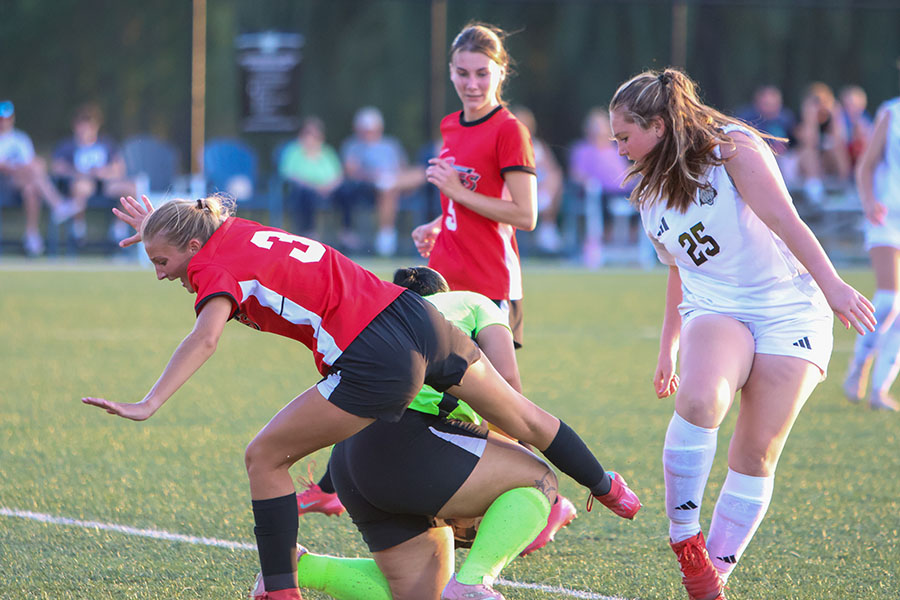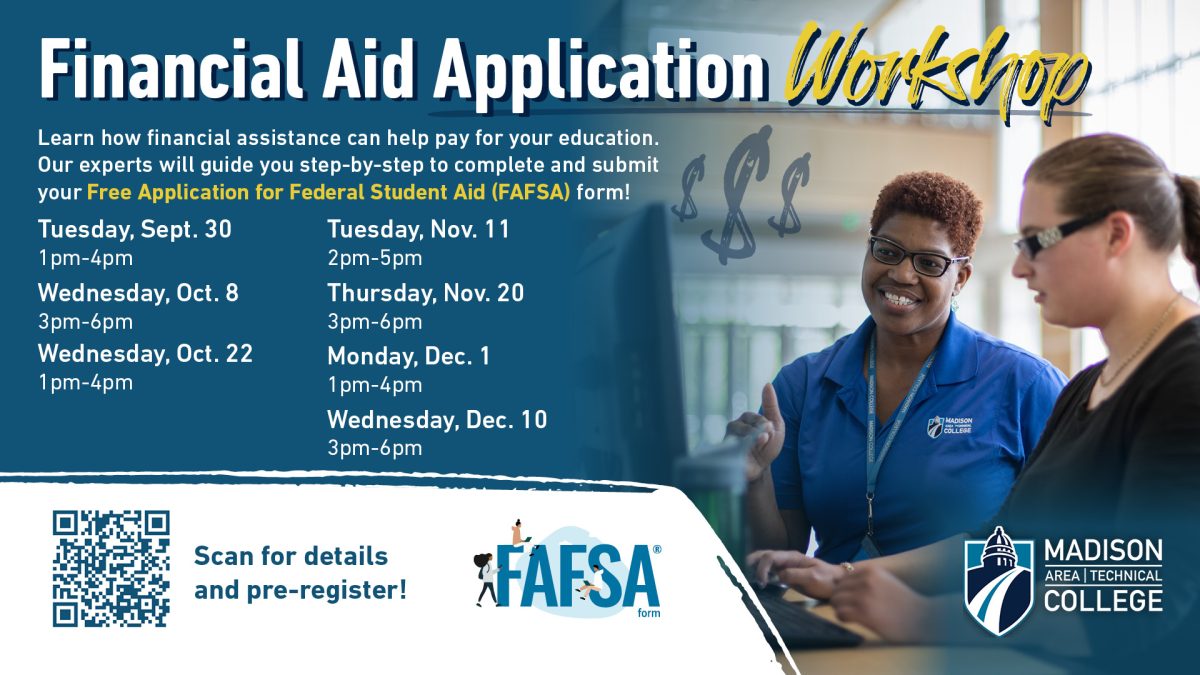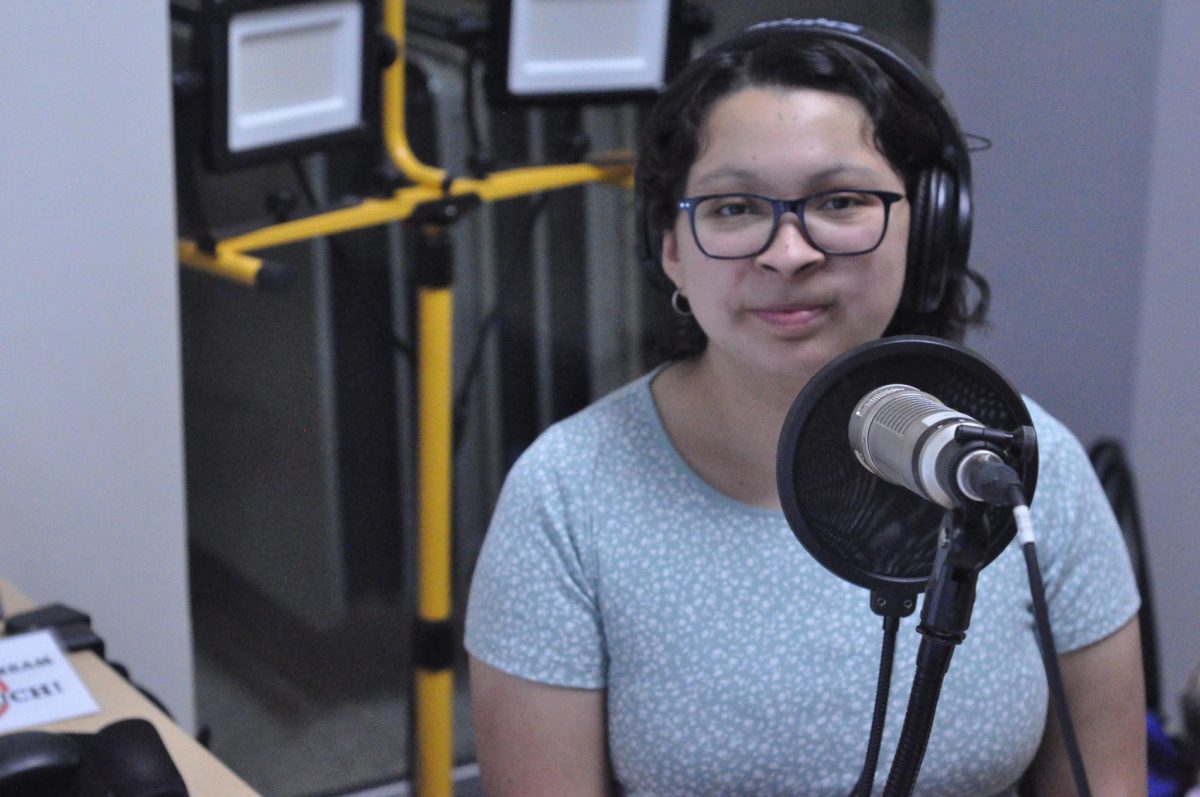So, I Voted, Now what?
October 28, 2020
Dictated by civic duty, voters stand in line for hours to cast ballots or, according to current fashion, submit ballots absentee in advance. Do they know what happens after their ballot is cast?
Jean McCubbin, a 15-year member of the Madison Board of Canvassers and former Madison District 11 Alder, explained the post-polling events during an Oct. 18 phone interview. McCubbin’s excitement to further educate Madisonians about our civic processes was palpable.
McCubbin pondered about educating the electorate, “Hopefully, people will know more about what really happens after the fact.” She happily walked through the process following voting through the “last review of everything that happens on elections day in this municipality.”
On election day, whether you cast your vote in person or absentee, each municipality counts all votes cast before the end of the day. Typically, the polls close at 8 p.m., and the ballot counting continues until complete. Kathleen Fullin, a member of the League of Women Voters and former poll worker, explained during a phone interview that poll workers count all votes on that election day.
When asked about problem ballots, Fullin said that most rejected ballots are due to gel pens and green ink. Circling a name instead of filling in an oval or too many stray marks can also cause problems. She went on to say that multiple poll workers review ballots with these simple problems. These poll workers, when possible, “determine the voter’s intent” and remake the ballot to make that person’s vote count. The poll workers do their best to “do what a voter would do.” Fullin also says a questionable signature requires a member of the Board of Canvassers to review the ballot and decide if it should count.
Provisional ballots cast the same day as in-person voting and absentee ballot counting but verified after. A provisional ballot is a ballot cast by a person who does not have valid identification while at their polling station. That person can cast their vote and must return to the polling station that day or the municipal clerk’s office by the Friday after the election day to “cure” the vote. According to Fullin, curing a ballot with a valid ID verifies to a poll worker or election official that you are whom you say you are. According to McCubbin, election officials accept electronic copies of your passport or driver’s license instead of the actual identification.
McCubbin says that when polling is complete in each municipality, the electronic results automatically forward to the county clerk’s office. These are the unofficial results that a person hears on the news on election night or the next morning.
According to McCubbin, strict control of votes and the process remain during election day and until election certification. All absentee, provisional, or in-person votes remain inside the tabulation machines or in secure bags. The Board of Canvassers certifies results for each municipality. It sends that certification to the county clerk, who, in turn, sends it to the Wisconsin Election s Commission, who accepts vote totals and declares them accurate. The county clerk’s office maintains ballots after the declaration of the accurate and complete election. The clerk keeps them in a vault for two years in case of a requested recount.
Maurice Sheppard, Instructor of Political Science at Madison College, explained during a phone interview on Oct. 19 that a recount could happen when a losing candidate wants one. He said that if the “election results are less than a one percent difference, the state will pay for the recount, and if the difference is greater than 1 percent, the cost falls on the requestor.” Sheppard reminisced about the 2000 Florida recount and that “Bush v. Gore should not be case law” of the US Supreme Court.
Other post-vote activities include updating of the WisVote database that connects a vote to a person. The system does not record your vote, only the fact that you did. A person’s voting history is visible at myvote.wi.gov. It includes a history of voting activity that extends years into the past.
According to McCubbin, information collected by the canvassers provides the Madison City Clerk written assessments of the polling stations that record “Trends of errors or opportunities to educate and train poll workers.” She also must inform the District Attorney’s office of any potential fraud.
When asked about voter fraud in Wisconsin, both McCubbin and Sheppard agree that there is no problem. With the WisVote database in use, there is almost no way for a person to vote twice. Officials ignore any absentee ballots discovered after an in-person or provisional vote. Similarly, if officials record an absentee ballot before an in-person vote, the system alerts poll workers.
According to McCubbin, if someone tries to cast a second ballot, poll workers must inform the DA. When asked to speak to the accuracy of our elections, Sheppard assured, “Voter fraud is minuscule.”
Sheppard explained the process of a Presidential election. In the case of a presidential election, he said many events happen over the next few weeks. Separate from the election, the Governor of Wisconsin and all states’ governors send a list of electoral voters who participate in the electoral college to the United States’ Archivist by Dec. 2. Those electors meet the first Monday after the second Wednesday in December, Dec. 14 this year, and cast their votes and furnished them to the governor. The governor sends the certified results to the Archivist and the federal judge presiding in the assembled electors’ district. The Archivist then sends those certifications to a joint session of the Senate and the House of Representatives for additional certification. Our new president swears into office on Jan. 20.
When asked to sum up the process, McCubbin calmly states, “When we close out the polls, all of the ballots, whether cast on that day or absentees are processed and counted on that day.”


